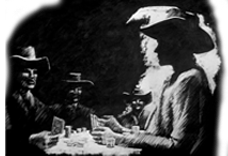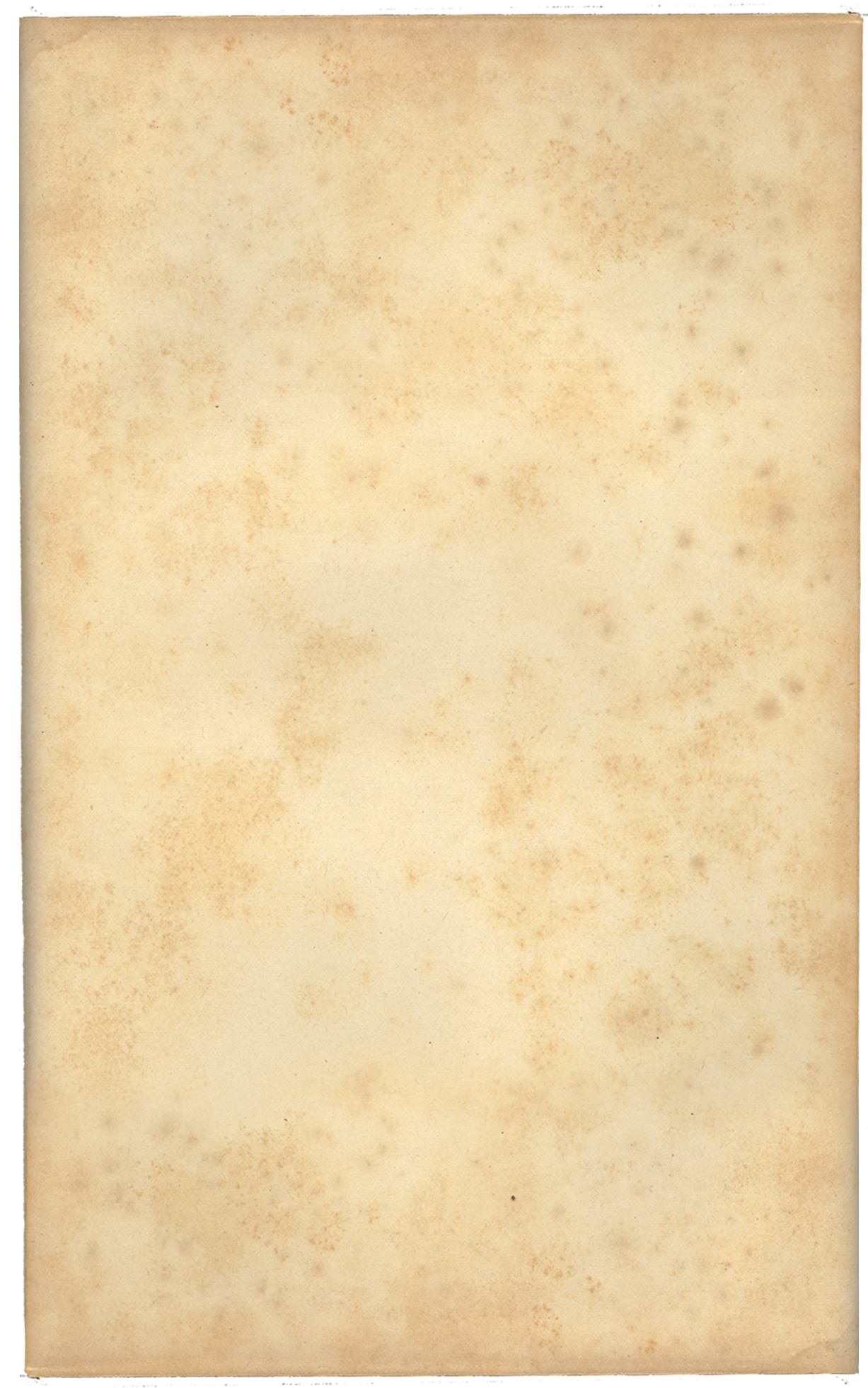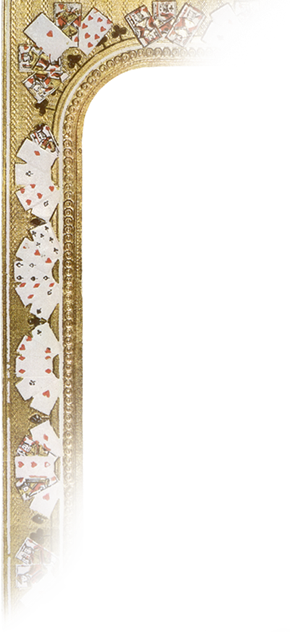




The wreck of the Flying Scud
On first coming upon the Flying Scud at Midway Island, Captain Nares realized immediately that the derelict could be lifted off the reef "as easy as taking a baby out of a crib, and no captain with a rotten piece of line would leave his ship when there's half a chance of saving her."[1]
If it was so obvious to Captain Nares at a glance, how was it so easily overlooked by the captain of the British man-of-war that rescued them? And since the Flying Scud was apparently otherwise sea-worthy, why didn't the British crew attempt to free the ship?
Paul Carthew told Bart Maverick that he and his shipmates were still able to sell their pearls once they reached San Francisco.[1] How? Had they somehow carried their haul from the wreck of the Currency Lass at sea in their small boat to Midway? That would have been a lot of pearls! Carthew's share alone came to over 10,000 guineas. Or, after they killed the Flying Scud's crew, did they sail the Flying Scud back to their own shipwreck and retrieve the pearls? If so, why then beach the ship back at Midway, and leave behind her own cargo of Chinese rice and silk, with all her evidence of murder for any other passing ship to find? Since Carthew and his mates were already masquerading as the Flying Scud's original crew, why not simply continue sailing the ship to any port in the Pacific, and benefit from the Flying Scud's own cargo as well?
According to the novel on which the episode is based, Carthew and his shipmates weren't transporting a cargo of pearls. They were carrying a single sea chest laden with coinage from the highly profitable sale of their cargo in the Gilbert Islands. After killing the crew of the Flying Scud on Midway, they attempted to sail to freedom on the dead crew's ship, but were not familiar enough with her more complicated rigging and only managed to run her aground. Their British rescuers, only concerned with military affairs, sent a green midshipman ashore to fetch the castaways, who reported the Flying Scud was stove in underwater at the bow. The midshipman took them at their word and brought them aboard the man-of-war without further investigation.[3]
Smuggling opium
When Captain Nares' crew found opium hidden inside the Flying Scud's rice shipment, they believed they had found the shipwreck's profitable secret. But Bart Maverick ordered the drug destroyed rather than risk being imprisoned for smuggling opium into San Francisco. But due to his years of experience, Nares told Bart he knew several ways to get the dope in. Still, Bart and Paul Carthew heaved the opium overboard and Nares threatened to kill them for destroying a profitable cargo. Bart and Carthew preferred risking their lives in escaping from Midway Island in a small boat on the open sea rather than with Nares and his murderous threats.[1] But, as Captain Nares himself said, "I ask myself and I ask you, why? Why?"
In 1871 and, in fact throughout the 19th century, opium was not an illegal import. It was only in 1875 that the San Francisco Opium Den Ordinance banned keeping or frequenting opium dens, but it was only a misdemeanor specifically targeting the Chinese population. Importing or smoking opium itself was not addressed by the ordinance.[4]
It was not until 1890 that smuggling opium became a federal issue. In the earliest legislation on narcotics, Congress imposed a tax on opium. However, the substance itself was not illegal. Rather, opium was smuggled into the country to avoid the stiff federal taxes. In 1907, the California Pharmacy and Poison Act made it illegal to sell opium without a doctor's prescription, but the importation for such purposes remained legal.[5]
Carthew's bank account
Paul Carthew was full of remorse for endangering Bart Maverick's life over the Flying Scud. To make amends, he was willing to give Bart all the money in his bank account in San Francisco, a sum of $50,000. But he had also told Bart that he had been able to sell his share of his ship's haul of pearls for more than 10,000 guineas. In 1871, that would have been worth about $70,000.[6][7] With only $50,000 in his bank account, what happened to the other $20,000? Perhaps it had been squandered, or perhaps the assumed value of the pearls at sea did not match their market value in San Francisco.[2]
The Norah Creina comes up on the "wreck" of the Flying Scud at Midway Island.[1]
Bart Maverick and Captain Nares examine a brick of opium found hidden inside a bail of rice aboard the Flying Scud.[1]
Paul Carthew tells Bart Maverick his share of the pearls was worth more than 10,000 guineas.[1]
A British man-of-war carries Bret Maverick bound for Midway Island while Mr. Hanson spots Brother Bart and Paul Carthew's jolly boat adrift at sea.[1]
Some things in "The Wrecker" are wild as the wind in Oregon, such as:
Bret Maverick's ship
While adrift at sea, four days out from Midway Island, Bart Maverick and Paul Carthew were rescued by a ship apparently chartered or otherwise informed by Brother Bret. But the ship was not a civilian vessel. It was clearly an 18th-century British man-of-war, sailing under St. George's Cross, which was the ensign of a British flagship carrying an admiral.[1] In the 19th century, the Royal Navy patrolled international waters, protecting the trade lanes in times of peace.[8] Could this have been the same British man-of-war that rescued Carthew and his shipmates from Midway Island?[2]
Mr. Hanson, the man spotting Bart and Carthew's jolly boat adrift at sea, was clearly not wearing a Royal Navy uniform. Rather, he was dressed as a civilian mariner's mate, and spoke with an American accent.[1] He was likely an agent for the Commission overseeing the registry of the Flying Scud, for which the man-of-war worked in peace-time cooperation.[2]
SOURCE REFERENCES
01. Maverick, The Wrecker (1957), Warner Bros. Pictures, Inc.
02. The Conjectural Maverick, Maverick Trails
03. The Wrecker; Robert Louis Stevenson and Lloyd Osbourne, — Charles Scribner's Sons; 1892
04. 1875 – San Francisco’s Opium Den Ordinance (September 15, 2013); The History of Illegal Substance Use, Abuse, and Enforcement in the US
05. The Opium Kings: Opium Throughout History; PBS: Frontline (retrieved November 13, 2015)
06. Measuring Worth (retrieved October 30, 2015)
07. Inflation Calculator; DaveManuel.com (retrieved October 30, 2015)
08. The Colours of the Fleet; Malcom Farrow, The Flag Institute (retrieved October 31, 2015)
THIS STORY'S: TRAIL MAP | CHRONOLOGY | LORE | WILD CARDS | PRODUCTION





Home | The Maverick Saga | Trail Maps | Chronology | Maverick Lore | Production | The Inside Straight | Contact Maverick Trails
Maverick Trails is not endorsed, sponsored or affiliated with Warner Bros. Entertainment, Inc. or the Maverick franchise.
Maverick™ and its various marks are trademarks of Warner Bros. Entertainment, Inc., © 1957, 1994
©2014, 2015, 2016 Maverick Trails
